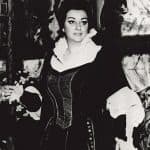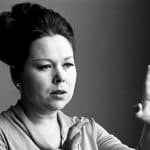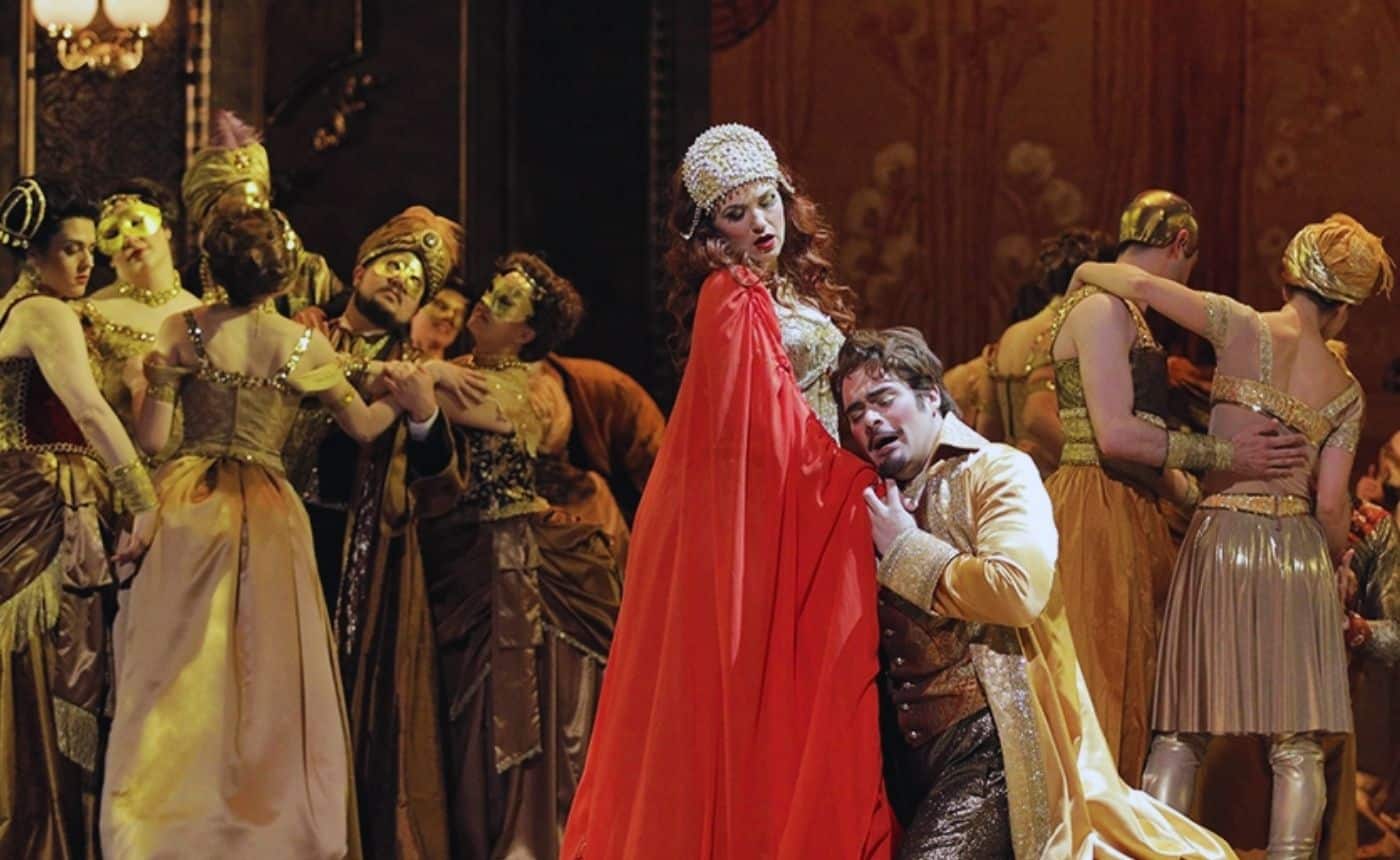Lucia di Lammermoor – Readings. Listenings. Watchings.
BOOKS:
William Ashbrook’s Donizetti and his Operas, published in 1982, remains the standard text for a basic biography of the composer, and for a discussion of all of his operas.
Jerome Mitchell’s 1977 study The Walter Scott Operas discusses every opera based on Scott’s novels and poetry.
The New Grove Dictionary of Music and Musicians “Masters of Italian Operas” collects the Dictionary’s essays on Rossini, Donizetti, Bellini, Verdi and Puccini in one volume.
CD RECORDINGS:
There are many. Here are my suggestions.


Montserrat Caballé’s repertoire was vast: ranging from the Italian heroines of Mozart, Bellini, Donizetti, Verdi, and Puccini; through a couple of French ones (Marguerite in Gounod’s Faust, and Massenet’s Manon); to those of Richard Strauss. I don’t know that she ever sang Lucia di Lammermoor on stage, but in 1976 she recorded the role, with José Carreras and Samuel Ramey, conducted by Jesús López-Cobos. L-C went back to Donizetti’s manuscript score and discovered that much of Lucia’s role had, over the years, been lowered by a step or two, and restored Donizetti’s original keys. But here is the great disappointment with this recording: in Lucia’s Mad Scene, Donizetti would have expected his soprano to have improvised some kind of cadenza at the end of the first part of her aria. Caballé adds nothing to the moment! And I felt deprived – not because I necessarily wanted the traditional vocal twittering with the flute, but because the music needs something there, and it sounds incomplete without it.
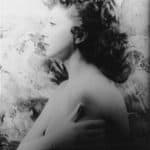
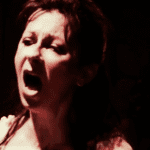
DVD RECORDINGS:
There are a few, but only three I’d suggest you might consider.
In 1967 Bruno Bartoletti, some ten years before he was appointed Principal Conductor of the Lyric Opera of Chicago, conducted a production of Lucia di Lammermoor in Tokyo. The orchestra and chorus were Japanese, but the soloists were all Italian, led by Renata Scotto and Carlo Bergonzi.
In 1982 Sutherland, again, sang her signature role at the Met., conducted by her husband; Alfredo Kraus was Edgardo and Pablo Elivra her nasty brother.
Also from the Met., this time in 2009, is a performance led by Anna Netrebko, with Piotr Beczala as Edgardo, and Mariusz Kwiecien as Enrico; Marco Armiliato conducts.
YouTube:
Complete performances from various places, some of which are very good. Assorted excerpts from various sources (Metropolitan Opera Galas; Television Specials); but avoid the “Student Recital” bits! I checked out 3 complete performances.

https://www.youtube.com/watch?v=IwsDPEggjMY
Opéra Royale de Wallonie-Liège. No performance date was listed. Annick Massis sings Lucia and Jesús López Cobos conducts, using the score based on Donizetti’s manuscript which he had used for the studio recording with Caballé. There is even a Glass Harmonica here (which he didn’t use in the recording.)
From Opéra Grand Avignon comes a performance with Zuzanna Marková in the title role. Again, I couldn’t find a performance date.
Some of you sci-fi movie fans may know The Fifth Element, released in 1997 and directed by Luc Besson. In one scene a character named Diva Plavalaguna sings and dances, and what she sings is the opening section of Lucia’s “Mad Scene.”
Enjoy reading, listening and watching!
©Paul Dorgan





